[最新] club fungi 181141-Club fungi phylum
Definition of club fungus any of various basidiomycetes (family Clavariaceae) with a simple or branched often clubshaped sporophore Why Basidiomycetes are called club fungi?Welcome Welcome to The Funghi Club We offer a range of (mostly) French inspired dishes made with top quality, premium ingredients Our food is lovingly prepared by Laurent and chilled, ready for you to 'Heat & Eat' when you're readyFormed in 12, the UMN Mycology Club is a platform for learning, teaching and celebrating fungal biology Our aim is to unify the diversity of fungal knowledge around the campus and community through educational lectures, handson workshops, outreach and forays
Fungi
Club fungi phylum
Club fungi phylum-ADVERTISEMENTS The following points highlight the top eleven features of basidiomycetes 1 The somatic phase consists of a welldeveloped, septate, filamentous mycelium which passes chiefly through two stages (a) Primary mycelium ADVERTISEMENTS It is formed by the germination of a basidiospore and contains a single haploid (n) nucleus in each cell It bears neither sexIncludes mushrooms, shelf fungi and puffballs conidiospore Spore produced by sac and club fungi during asexual reproduction dikaryotic




Coral Or Club Fungi I Was Excited To Find This Fallen Log Flickr
Define club fungus club fungus synonyms, club fungus pronunciation, club fungus translation, English dictionary definition of club fungus n any basidiomycete fungusFungal diseases are often caused by fungi that are common in the environment Fungi live outdoors in soil and on plants and trees as well as on many indoor surfaces and on human skin Most fungi are not dangerous, but some types can be harmful to healthBasidiomycetes are often called club fungi because the cells (basidia) that bear the sexual spores resemble a small club
Basidiomycota The Club Fungi The fungi in the Phylum Basidiomycota are easily recognizable under a light microscope by their clubshaped fruiting bodies called basidia (singular, basidium), which are the swollen terminal cell of a hyphaClub fungi (fairy clubs) Those fungi of the families Clavariaceae and Clavulinaceae that form clubshaped fruit bodies Source for information on club fungi A Dictionary of Plant Sciences dictionary club fungi Encyclopediacom Skip to main contentPlasmogamy It is the first step of sexual reproduction in fungi This step begins with the joining of two cells and fusion of
The basidiomycota are mushroomproducing fungi with developing, clubshaped fruiting bodies called basidia on the gills under its cap Learning Objectives Describe the ecology and reproduction of the Basidiomycota The basidia is clubshaped, and basidiomycetes are also called club fungi Examples Agaricus (edible mushrooms), Puccinia (Rust fungi), Ustilago (Smut fungi), Polyporus (Bracket fungi), Candida etc Deuteromycetes (imperfect fungi)Club fungi (basidiomycota) Fungi that produce spores in clubshaped basidia within a fruiting body;



Purple Club Fungi Fungi Bob Armstrong S Photos Naturebob Com



Fungi
Club Fungi Club fungi are considered the most highly evolved fungi They are an important group with about 16,000 known species The phylum Basidiomycota contains several subgroups whose relationships are not entirely clear One subgroup, the "higher" club fungi, include those that produce large fruiting bodies such as mushrooms, puffballs, orThe clavarias, or club fungi (eg, Clavaria, Ramaria), are shrublike, clublike, or corallike in growth habit One club fungus, the cauliflower fungus ( Sparassis crispa ), has flattened clustered branches that lie close together, giving the appearance of the vegetable cauliflowerThe division of fungi known as the club fungi, Basidiomycota, includes some of the most familiar fungi Mushrooms, puffballs, and shelf fungi are all members of this group, as are the plant rusts and smuts This group, which contains approximately 15,000 known species, is distinguished by the presence of a club shaped reproductive organ called the basidium




Clavariaceae Club Fungi Four Species In The Clavariaceae Flickr



Club Fungi
Basidiomycota The Club Fungi The basidiomycota are mushroomproducing fungi with developing, clubshaped fruiting bodies called basidia on the gills under its capThe fungi in the Phylum Basidiomycota are easily recognizable under a light microscope by their clubshaped fruiting bodies called basidia (singular, basidium ), which are the swollen terminal cell of a hypha The basidia, which are the reproductive organs of these fungi, are often contained within the familiar mushroom, commonly seen in fields after rain, on the supermarket shelves, Club fungi (Phylum Basidiomycota) are considered the most highly evolved fungi They are an important group with about 16,000 known species One subgroup, the "higher" club fungi, includes those that produce large fruiting bodies such as mushrooms, puffballs, or woody bracket fungi



Macrotyphula Fistulosa Pipe Club Scottish Fungi



Spindle And Club Fungi
A class of true fungi—which includes mushrooms, puffballs, earth stars, stinkhorns, bracket fungi, rust, smuts, jelly fungi, bird'snest fungi—which produce spores at the tips of swollen hyphae that are likened to clubs Segen's Medical Dictionary © 12 Farlex, Inc Sexual Reproduction of Fungi The sexual mode of reproduction in fungi is accomplished by the fusion of two nuclei from two different parent cells Sexual reproduction is accomplished in three distinct steps such as; Club fungi, Clavariadelphus truncatus, exceedingly rare, endangered, on Red Data List, said to be edible




Club Fungi Kingdom Fungi Phylum Basidiomycota Fungi Kingdom Fungi Stuffed Mushrooms
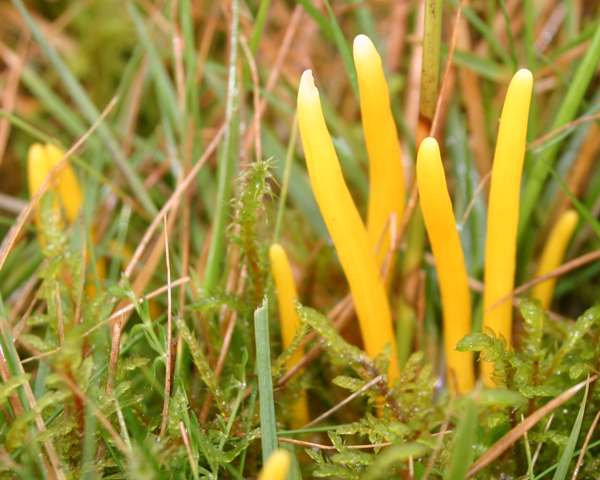



Clavulinopsis Luteoalba Apricot Club Fungus
The club fungi reproduce asexually by producing asexual spores or by fragmentation of mycelium The sexual reproduction phase of the club fungi involves three developmental stages of the mycelium In the primary stage, a haploid spore germinates and grows a germ tube, which develops into myceliumClub fungi are dikaryotic mycelia (they have cells with two nuclei)Mostly reproduce sexually, rarely asexuallyMost are multicellularHave a clubshaped special hyphae on the underside of their caps How do they acquire nutrients Sac fungi are heterotrophic However, they can be saprophytic, parasitic, or mutualistic, meaning they can haveThe fungi in the Phylum Basidiomycota are easily recognizable under a light microscope by their clubshaped fruiting bodies called basidia (singular, basidium), which are the swollen terminal cells of




Fungi Fungi With Club Shaped Parts That Produce Spores Called Club Fungi Stuffed Mushrooms Mushroom Fungi



Pointed Club Fungus Obsessedbynature
Some examples of club fungi include mushrooms, polypores, puffballs, boletes, and bird's nest fungiPhylum – Club Fungi Club fungi are the typical types of fungi that we think of as a mushroom The fruiting bodies of the club fungi vary widely and are grouped by general characteristics such as the area or structure on which their spores are formed For instance gill fungi are club fungi that reproduce on structures called gillsBasidiomycota, Club Fungi Species in this phylum reproduce sexually by forming spores on top of clubshaped structures called basidia The club fungi are believed to be closely related to the sac fungi Both groups have cells which are separated by septa (walls), and both have a dikaryotic phase in their life cycle;
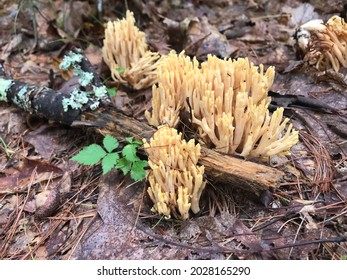



Club Fungi Images Stock Photos Vectors Shutterstock




Club Fungi How To Identify Them Finger Like Or Club Like Fruiting Bodies These Earth Fingers Are Often Small And Stuffed Mushrooms Fungi Wild Mushrooms
Club fungi The common name for members of the class Basidiomycetes Want to thank TFD for its existence?Club Fungi (basidiomycota) mushroom producing fungi with developing club shaped fruiting bodies called basidia on the gills under its cap This group of fungi, which contains tens of thousands of known species, is distinguished by the club shaped reproductive organ called the basidium Both originate as a binucleate, dikaryotic structureA clubshaped mushroom is so named because its head is shaped like a club It can be hard to recognize as a mushroom, because its shape isn't as usual as the more familiar ball or capandstem mushrooms Some types of clubshaped mushrooms grow in clumps
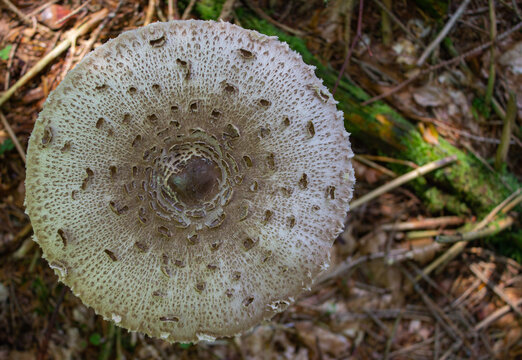



Krpttqywmnpklm



Whitish Brown Club Fungi In A Suburban Garden Uk Fungi
Define club fungi club fungi synonyms, club fungi pronunciation, club fungi translation, English dictionary definition of club fungi Noun 1 Basidiomycetes large class of higher fungi coextensive with subdivision Basidiomycota class Basidiomycetes class a taxonomic group containingClub fungi Characteristics of lichens include Reproduction by fragmentation, has a photosynthetic partner, has a fungal partner Organisms, like fungi, that release digestive enzymes into the environment and absorb the resulting organic breakdown products are called _____The simple, clubshaped or more or less cylindrical holo or homobasidium lacks septa, and has a rounded apex It originates as a terminal cell of a binucleate hypha of the secondary or tertiary mycelium in the basidiocarp (Fig 138) The narrow elongated, binucleate young basidium is separated from the supporting hypha by a septum (a)



Yellow Club Fungus Life And Opinions Life And Opinions




Bingley Camera Club Fungi Eruption
Fungi Film Fest (FFF) is a collection of 30 short fungi related films from 14 different countries SDMYCO will be hosting screenings over 2 nights Read More updated on Uncategorized How to make an Oyster Mushroom Po'Boy with Chef Sarah RestivoClubs and Corals Ascomycota / Basidiomycota by Michael Kuo The mushrooms I have lumped together as "clubs and corals" are related only in their general appearance, and not in any taxonomic or scientific sense In fact some of them are radically different, from a mycological standpoint, belonging to entirely different phylaSince our first meeting in April 11, at least 150 people have joined our club What we all have in common is our LOVE of mushrooms This club is about lifelong learning and sharing what we know with others, because it takes a lifetime to understand the amazing world of fungi




Basidiomycota Phylum Of Fungi Britannica
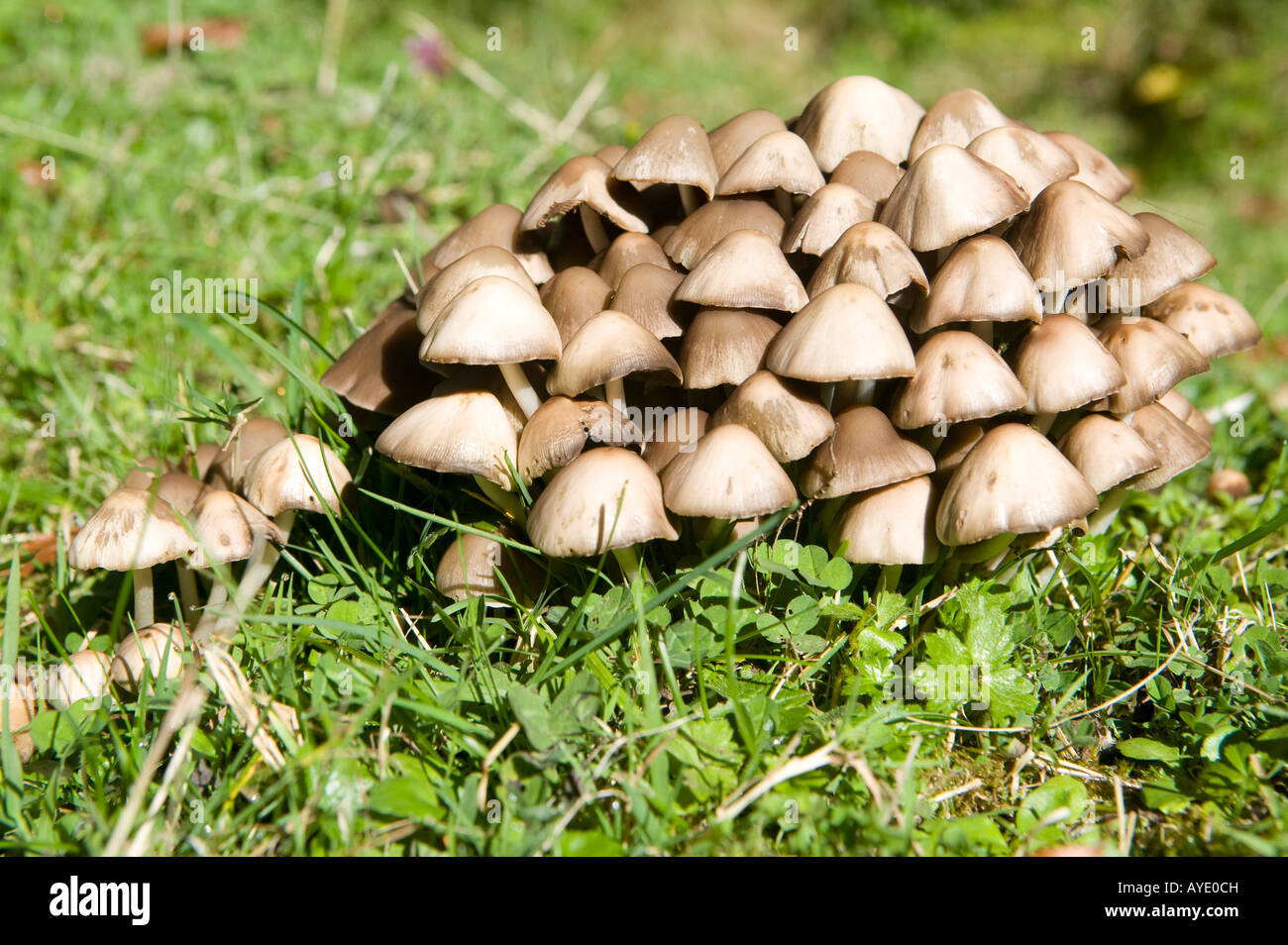



Plant Plants Fungus Fungi Basidiomycetes Club Fungus Club Fungi Gill Fungus Gill Fungi Mushrooms Mottlegill Mottl Stock Photo Alamy
Club Fungi The familiar mushrooms found on pizzas and in the lawn are part of a group of fungi called club fungi, or basidiomycetes The phylum Basidiomycota consists of 16,000 different species of fungi, including the shelf or bracket fungi found on dead trees and the less well known puffballs, bird's nest fungi, and stinkhornsA phase with two haploid nuclei per cellThe kingdom Fungi contains five major phyla that were established according to their mode of sexual reproduction or using molecular data The five true phyla of fungi are the Chytridiomycota (Chytrids), the Zygomycota (conjugated fungi), the Ascomycota (sac fungi), the Basidiomycota (club fungi) and the recently described Phylum Glomeromycota




Heterotrophs Fungi Basics No Photosynthesis Release Enzymes To



Spindle And Club Fungi
Aphyllophorales Clavariadelphus ligula, a club fungus, growing on the forest floor A coral fungi, Ramaria aurea This nice white coral fungi has the scientific name of Clavaria vermicularis Which coral fungi is this?Basidiomycota are filamentous fungi composed of hyphae (except for basidiomycotayeast) and reproduce sexually via the formation of specialized clubshaped end cells called basidia that normally bear external meiospores (usually four) These specialized spores are called basidiospores However, some Basidiomycota are obligate asexualThe Club Fungi Eric Swann and David S Hibbett Click on an image to view larger version & data in a new window This tree diagram shows the relationships between several groups of organisms The root of the current tree connects the organisms featured in this tree to their containing group and the rest of the Tree of Life The basal branching
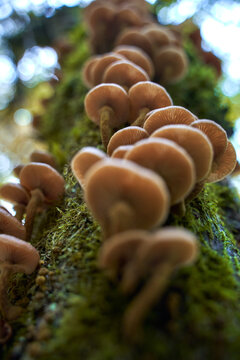



652 Best Club Fungi Images Stock Photos Vectors Adobe Stock
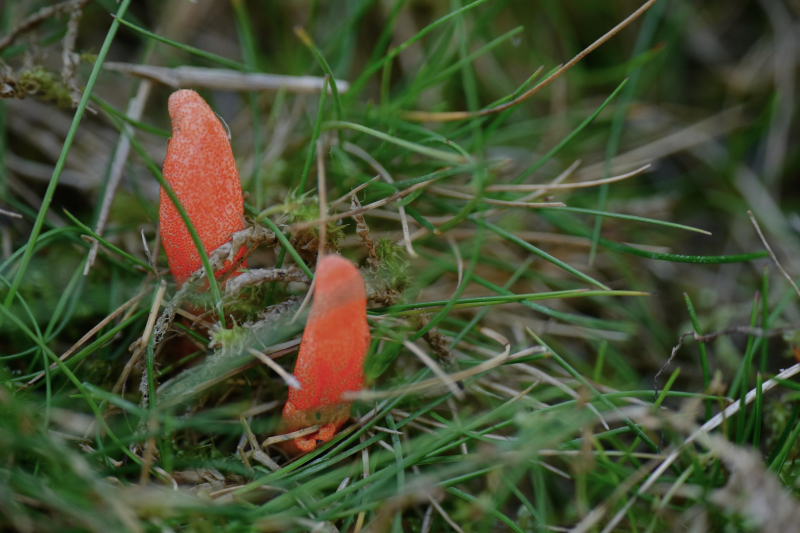



Club Fungi Observation Uk And Ireland Ispot
I Club Fungi A Higher Club Fungi 1 Mycelium 2 Fruiting Body (Basidiocarp) 3 Types of Basidiocarps a Amanita b Agaricus c Inky Caps and Shaggy Manes (Coprinus) d Fairy Ring Mushrooms (Marasmius oreades) e Boletes f Bracket Fungi g Puffballs and Earthstars h Stinkhorns i Bird's Nest j Coral Fungi k Jelly Fungi back to menu orClavaria zollingeri The clavarioid fungi are a group of fungi in the Basidiomycota typically having erect, simple or branched basidiocarps (fruit bodies) that are formed on the ground, on decaying vegetation, or on dead wood They are colloquially called club fungi and coral fungiClub fungi belong to the phylum Basidiomycota This phylum alongside the phylum Ascomycota constitutes the fungal subkingdom Dikarya The Dikarya subkingdom is considered to



Club Fungi King Of Kingdoms
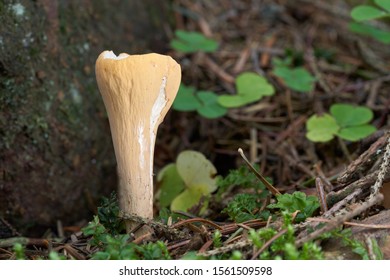



Club Fungi Images Stock Photos Vectors Shutterstock
Tell a friend about us, add a link to this page, orClub fungus definition is any of various basidiomycetes (family Clavariaceae) with a simple or branched often clubshaped sporophoreData source info Hibbett, D S et al (07) A Higherlevel Phylogenetic Classification of the Fungi, Mycological Research 111 Data retrieved on 13 April 09



Yellow Club Naturespot



Fungi Basidiomycota The Club Fungi Sparknotes
An orange coral fungus Tremellodendron speciesThis mushroom thought to be a specimen of Clathrus archeri, or "Devil's Fingers" takes the cake for being the strangest and creepiest specimen of a fungus looking like something else It looks like a cold, dead hand reaching out to pull the rest of the zombie body out of the earth Moreover, what is meant by club fungi?
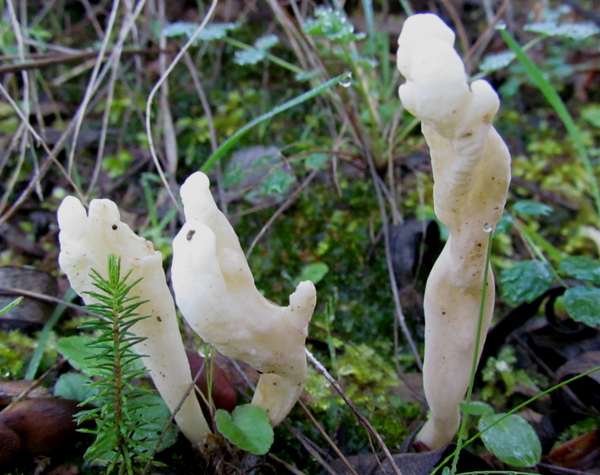



Clavulina Rugosa Wrinkled Club Fungus
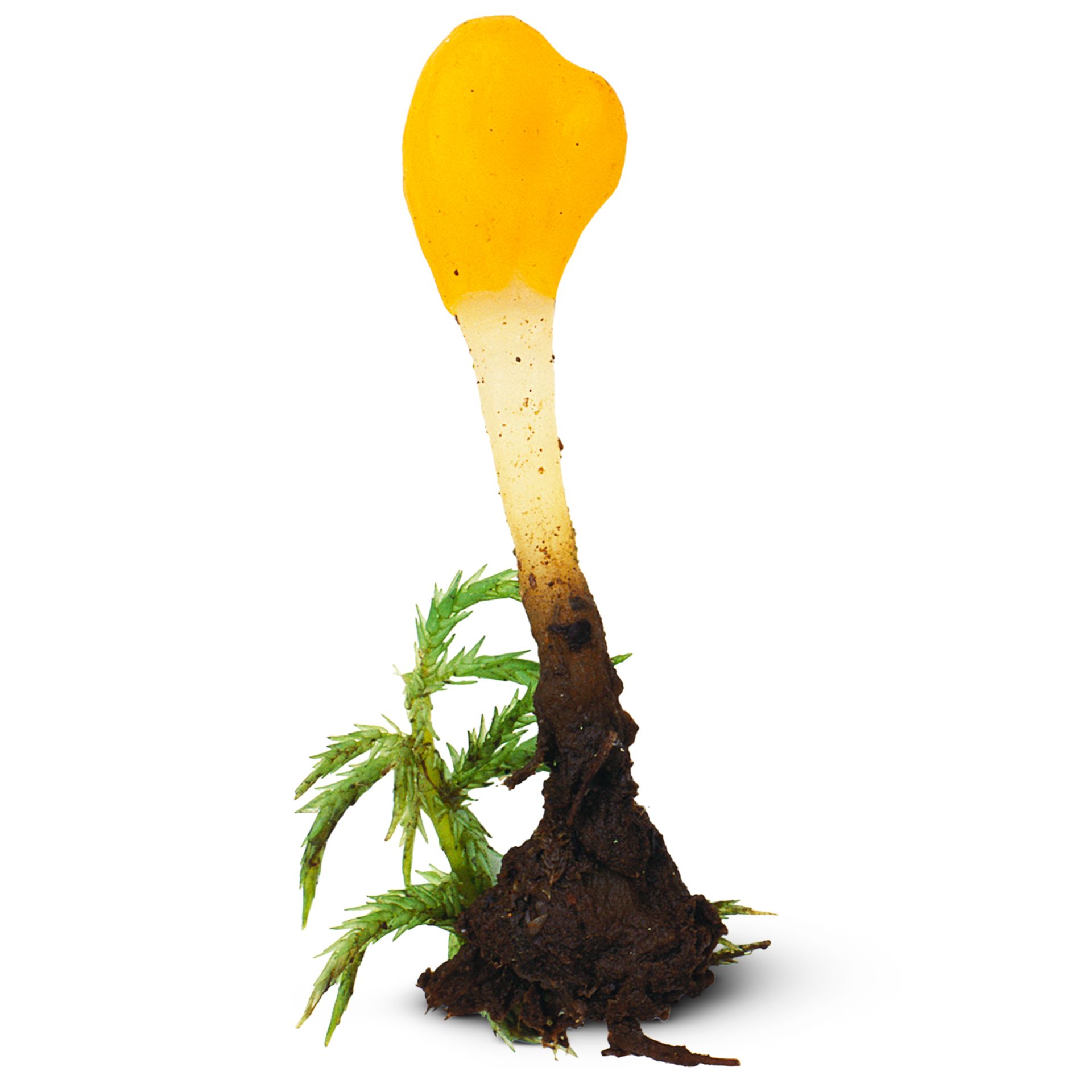



Club Fungi Facts Club Mushroom Dk Find Out
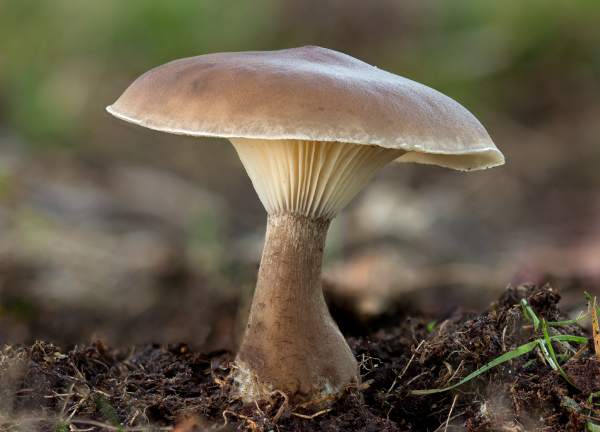



Ampulloclitocybe Clavipes Club Foot Mushroom



Club And Coral Fungi




Club Fungi Greeting Cards Fine Art America



Fungi




Coral Fungus Biology Britannica




The Basidiomycetes Club Fungi Flowering Plants 78 Steps Health
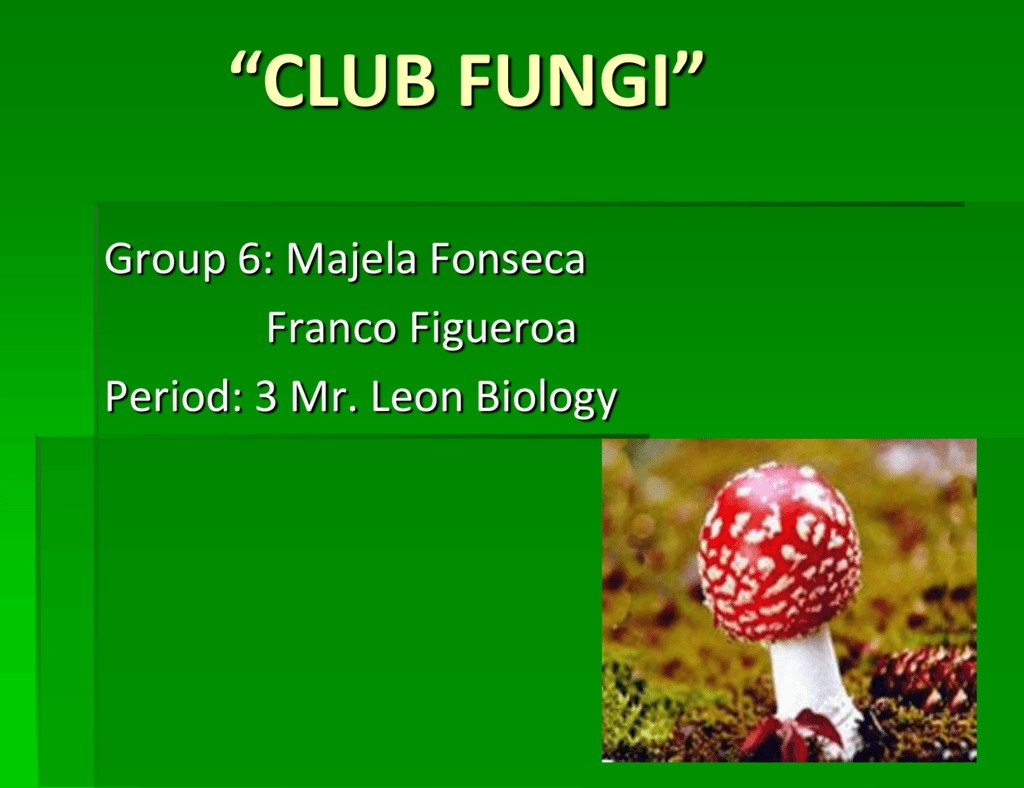



The Club Fungi Powerpoint
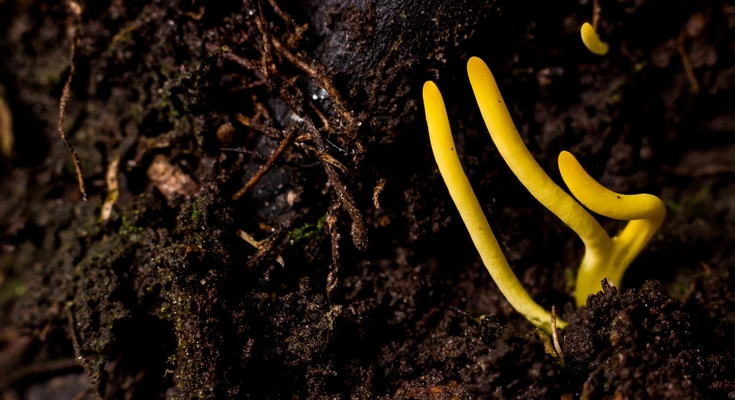



Freaky Fungi The Wildlife Trusts



Q Tbn And9gctutxf6yhx6ekssklfqpcvxosdri56ntmqeokq Jindfgedikbh Usqp Cau



Club Fungi




Fungi Lichens I Characteristics Of Fungi A What




Purple Club Fungi Fungi Bob Armstrong S Photos Naturebob Com



1




Yellow Club Naturespot



Club And Coral Fungi




Fairy Fingers Club Fungi Fungi Stuffed Mushrooms Finger




Purple Fairy Club By Morpheme Jungledragon
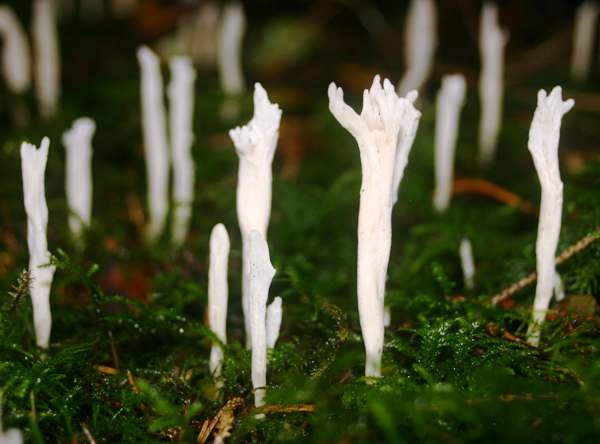



Clavulina Rugosa Wrinkled Club Fungus




Classification Reproduction Svamp
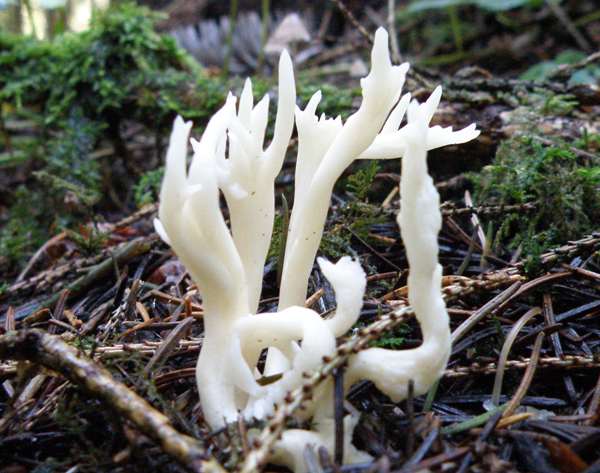



Clavulina Rugosa Wrinkled Club Fungus




Coral Or Club Fungi I Was Excited To Find This Fallen Log Flickr



Scarlet Caterpillar Club Cordyceps Militaris
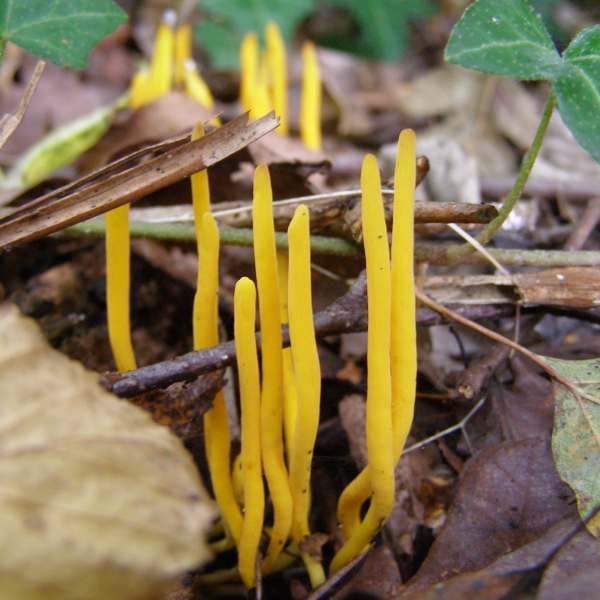



Clavulinopsis Laeticolor Handsome Clubfungus




Jelly Club Fungi Standing Stone State Park Overton County Flickr




Club Fungi Iphone Cases Fine Art America




White Club Fungi Stock Image B250 1322 Science Photo Library
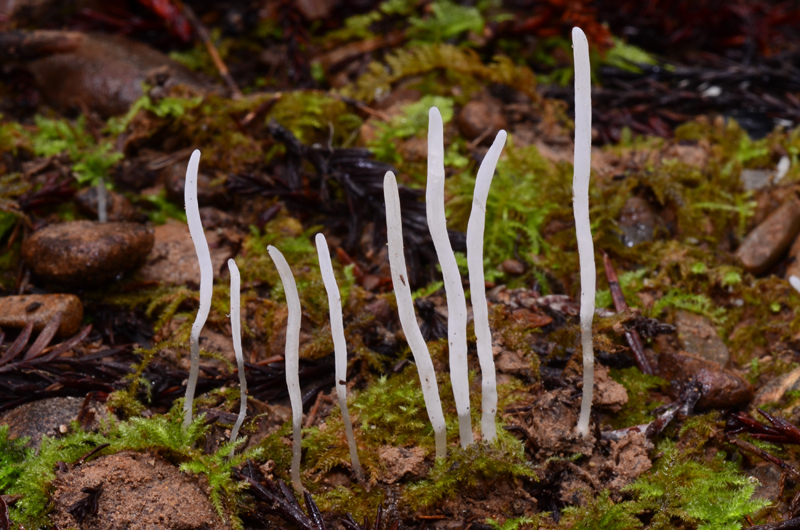



Clubs




Hillis2e Ch22




Jamie Warren Nice To See Some Club Fungi Clavulinopsis Growing On The Sapey Brook Steep Valley Banks Today Tilly Decided To Take A Nap Whilst I Was Taking A Few




Club Fungi Clavariadelphus Growing In Coniferous Environment Stock Image Image Of Gomphales Color
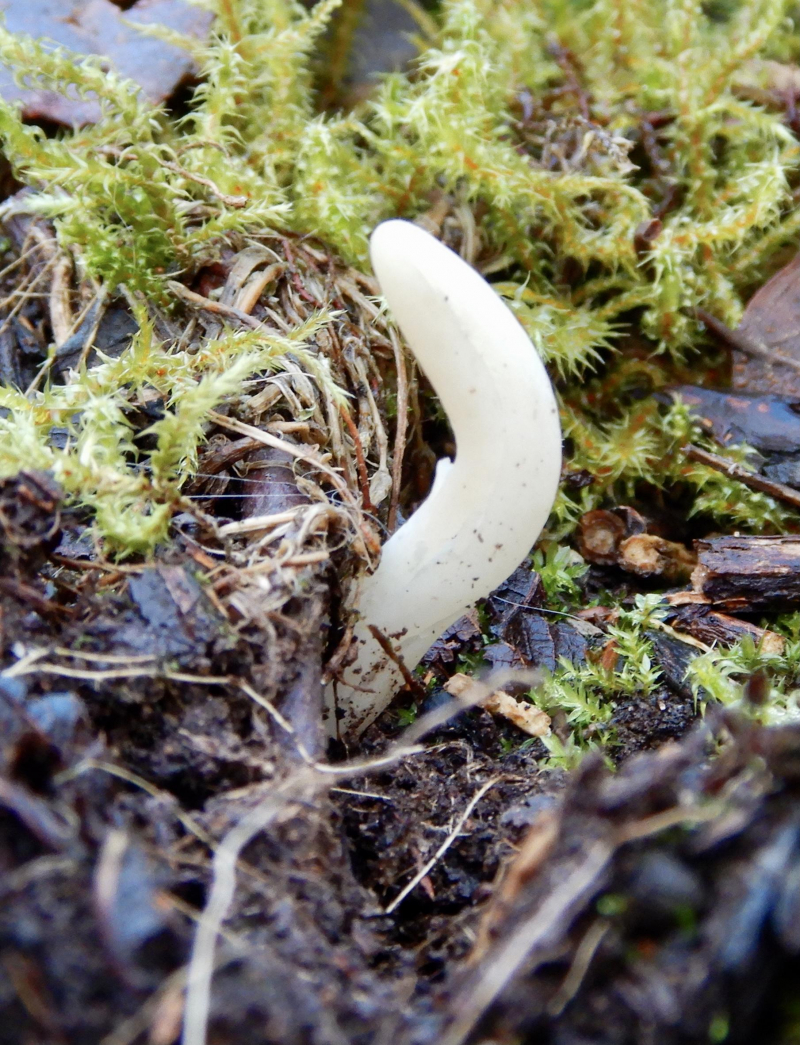



Single White Club Fungi Observation Uk And Ireland Ispot




Fungi Kingdom Mycology The Study Of Fungi Fungi Plural Fungus Singular 1 Eukaryotic Cells Have A Nucleus 2 Heterotrophic They Do Not Make Their Ppt Download



Basidiomycota
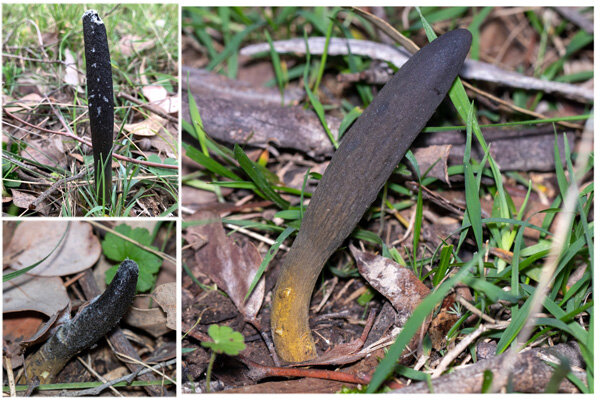



The Vegetable Caterpillar An Intriguing Fungus Karen Retra




White Club Fungus Clavulina Rugosa Stock Image C010 3218 Science Photo Library
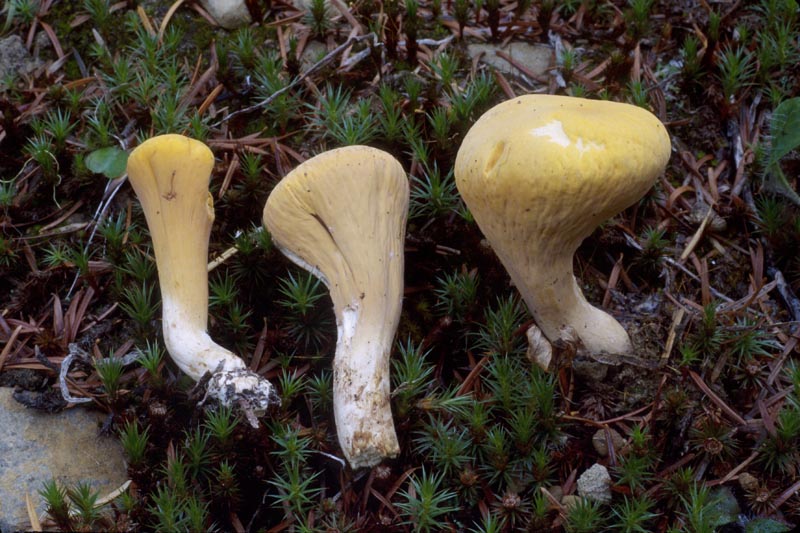



Clubs




652 Best Club Fungi Images Stock Photos Vectors Adobe Stock



Q Tbn And9gcrnv55ers Qfdutbexumrqlsyn Smfnycd5 Recn8ico1qh7mo1 Usqp Cau
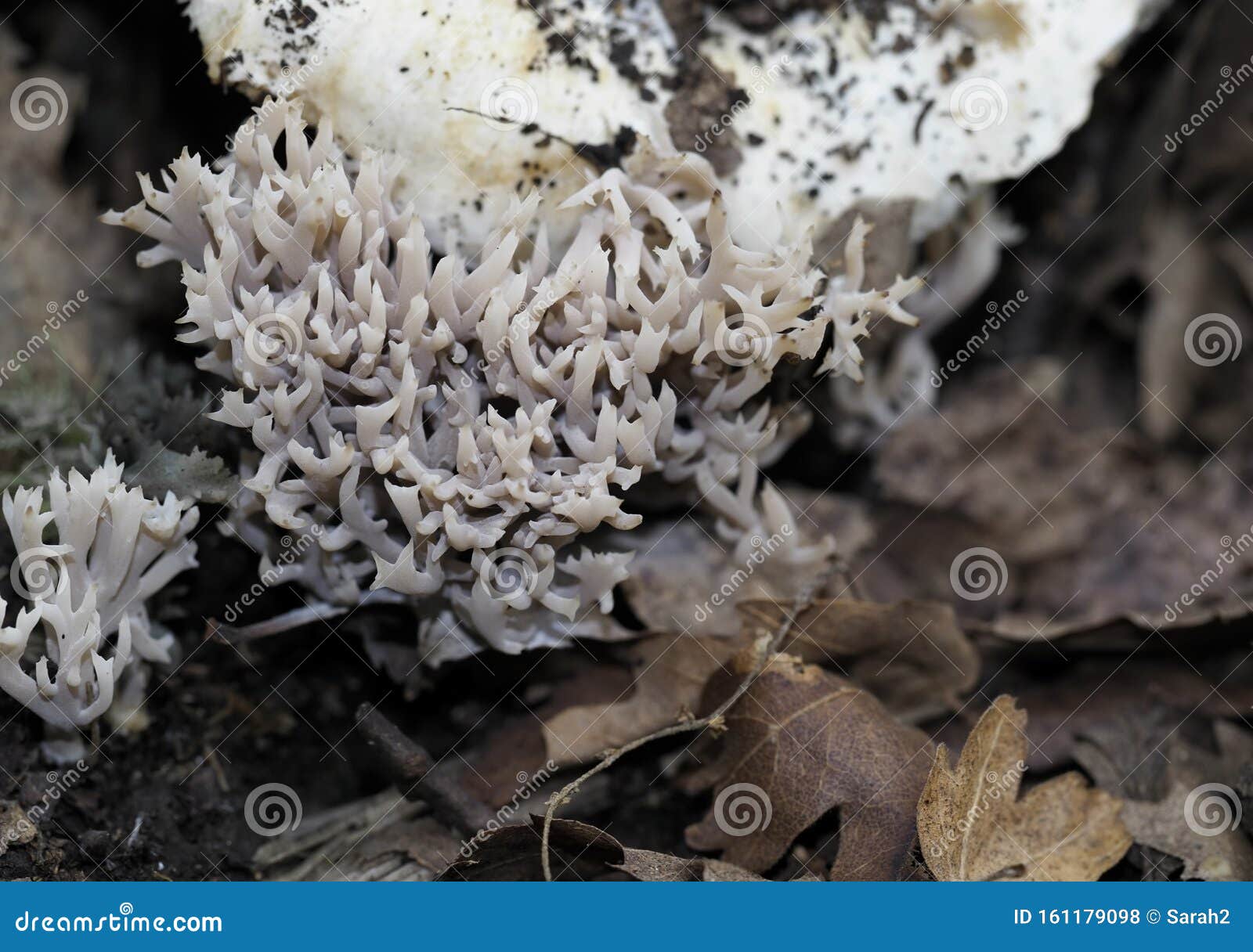



Club Fungi In Oakwood Aka Clavarioid Fungi Basidiomycota Stock Photo Image Of Basidiomycota Nature



Club Fungi
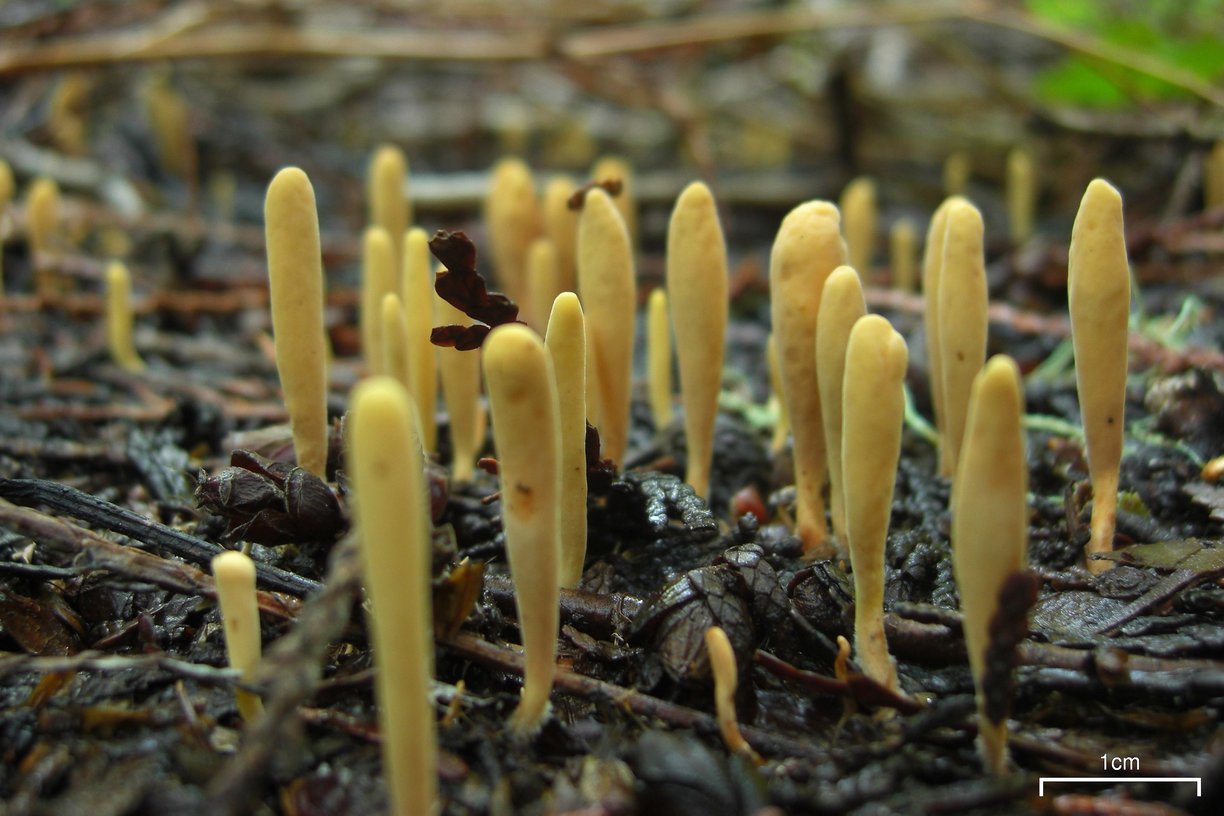



File Club Fungi Jpg Wikimedia Commons
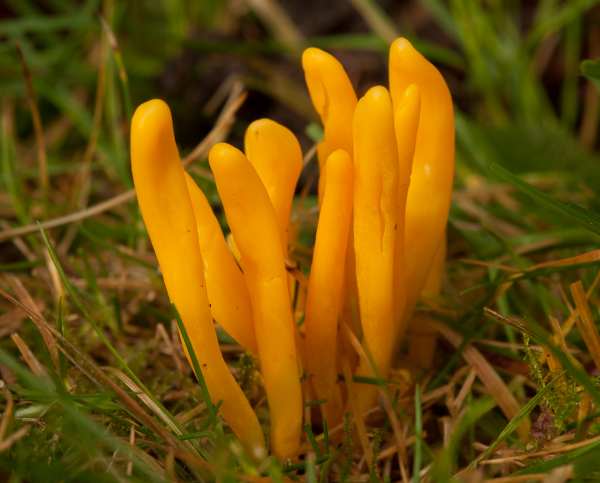



Clavulinopsis Luteoalba Apricot Club Fungus
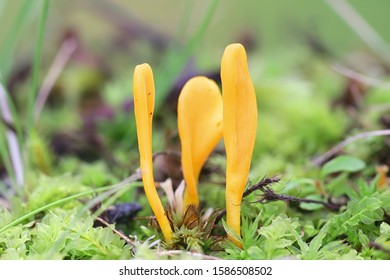



Club Fungi Images Stock Photos Vectors Shutterstock



Club Fungi Project Noah




Club Fungi Reproductive Structures Are Shown In The Image Below What Benefits Are There In Having Brainly Com




Mushroom Forms First Step To Fungi Identification Image Wildlife




Basidiomycota The Club Fungi Biology For Majors Ii
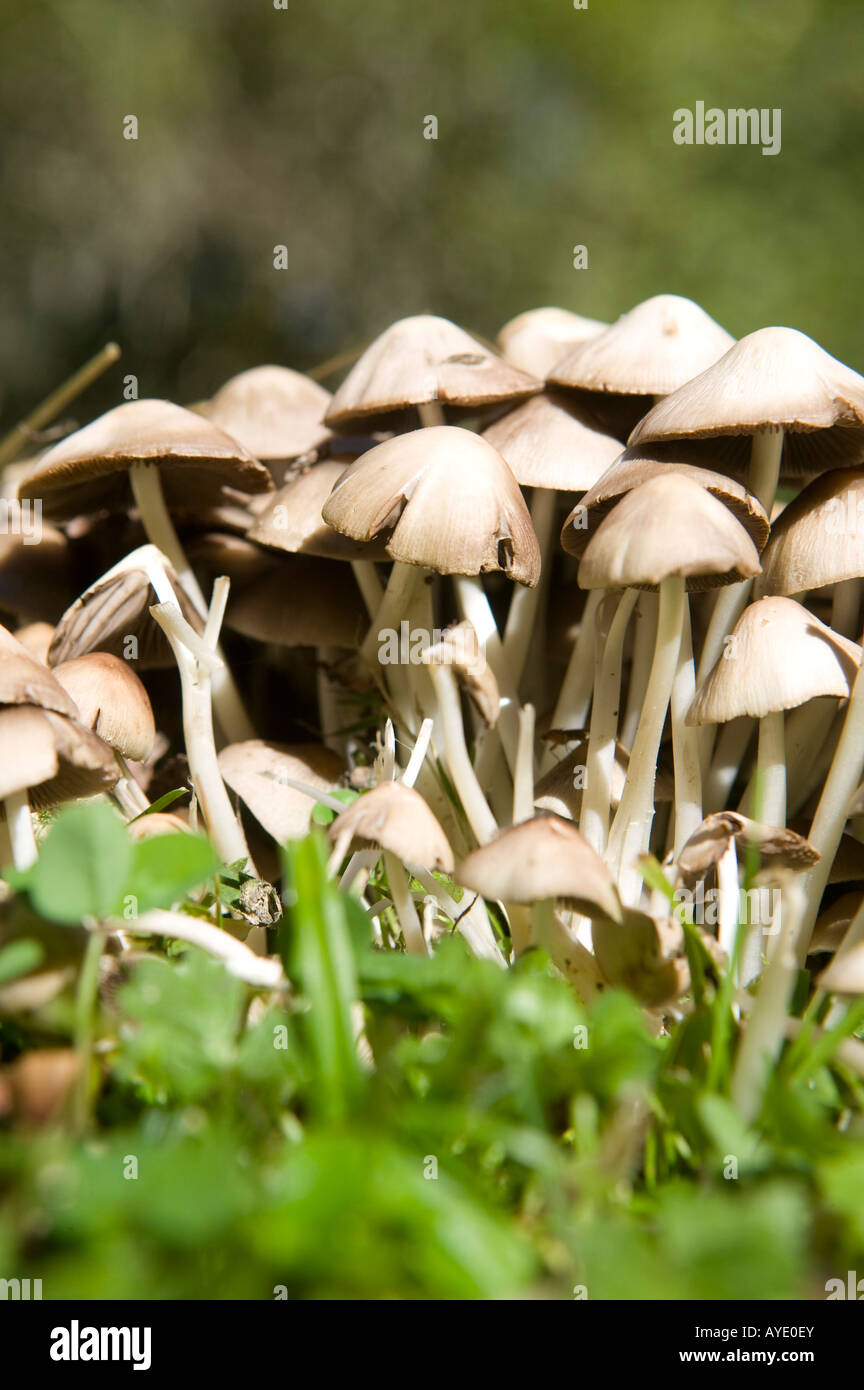



Plant Plants Fungus Fungi Basidiomycetes Club Fungus Club Fungi Gill Fungus Gill Fungi Mushrooms Mottlegill Mottl Stock Photo Alamy




Nature Picture Library Apricot Club Fungus Clavulinopsis Luteoalba Hertfordshire England Uk November Focus Stacked Image Andy Sands
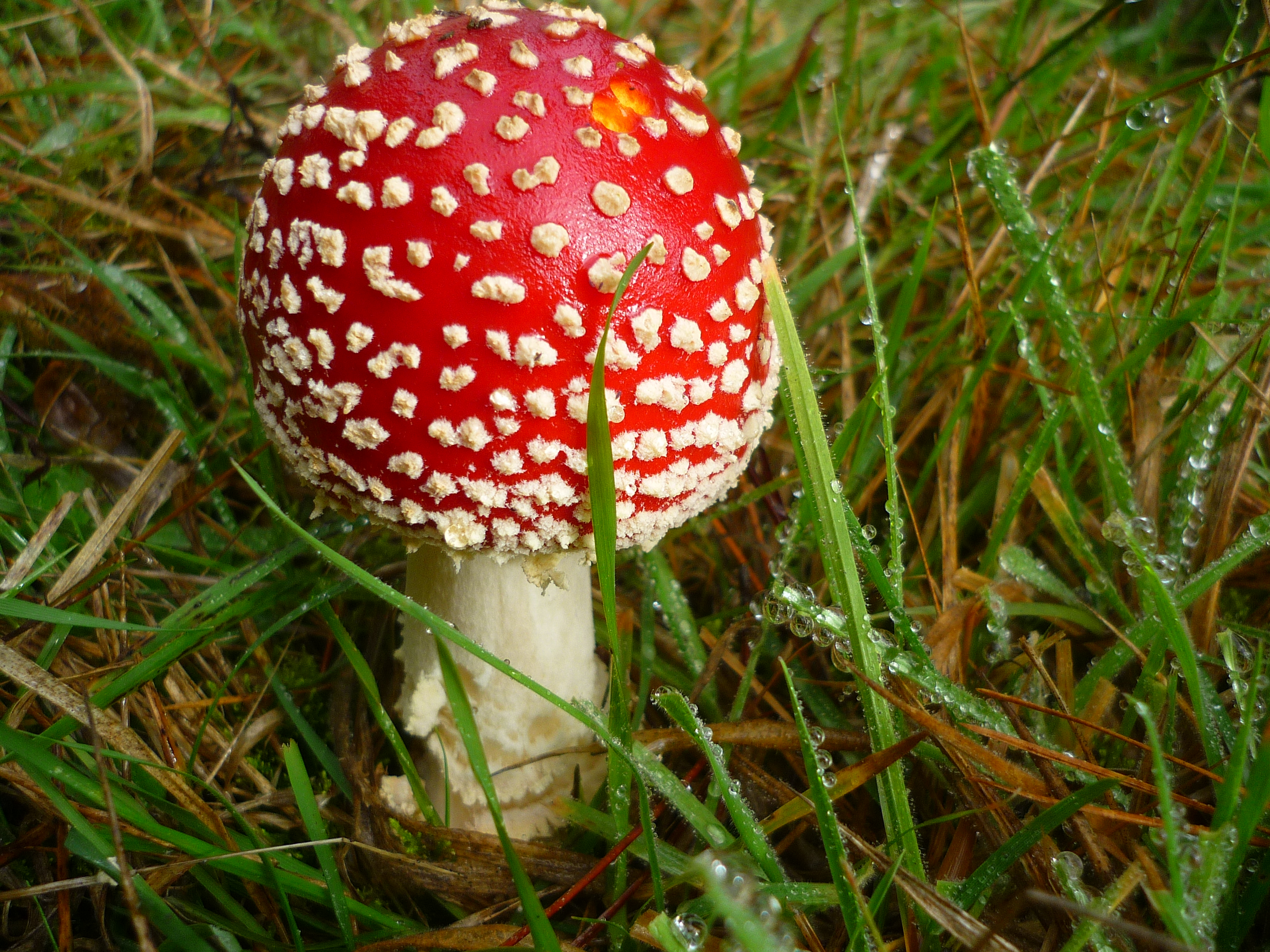



It S Fungus Time Freya S Research
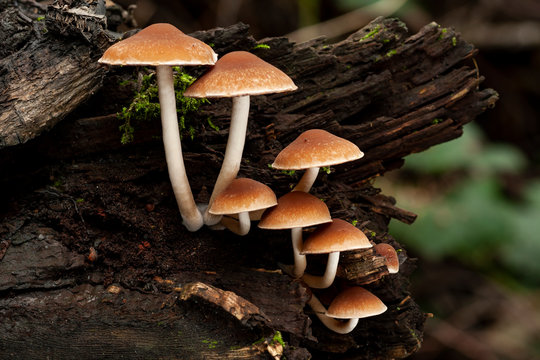



652 Best Club Fungi Images Stock Photos Vectors Adobe Stock
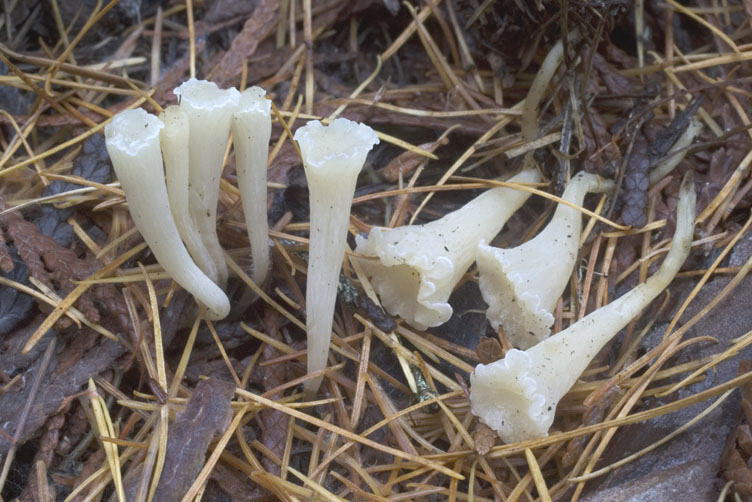



Clubs




Gardening Club Fungi Galore The Land Rover Owners Ex Wife




Wrinkled Club Fungus By Morpheme Jungledragon




Tiny White Club Fungi Multiclavula Mucida By Morpheme Jungledragon
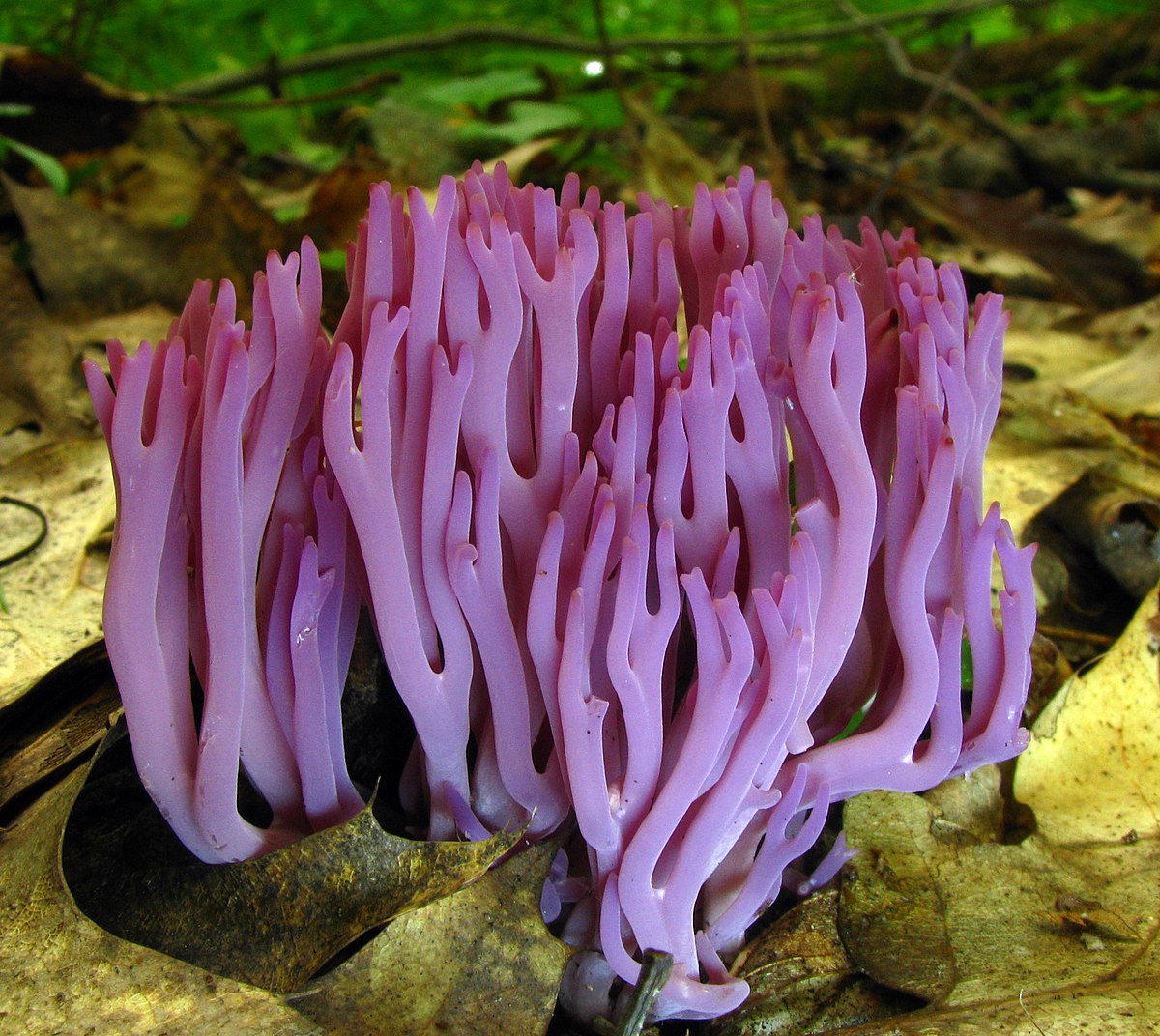



Clavarioid Fungi Wikipedia




245 Club Fungi Photos Free Royalty Free Stock Photos From Dreamstime
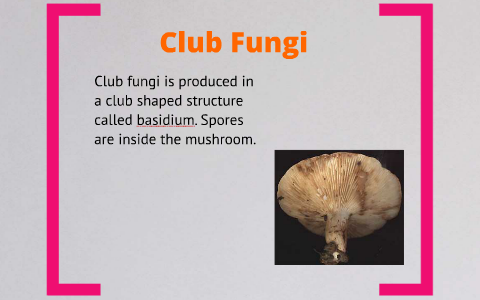



Fungi Protist Prezi By Nini Ho
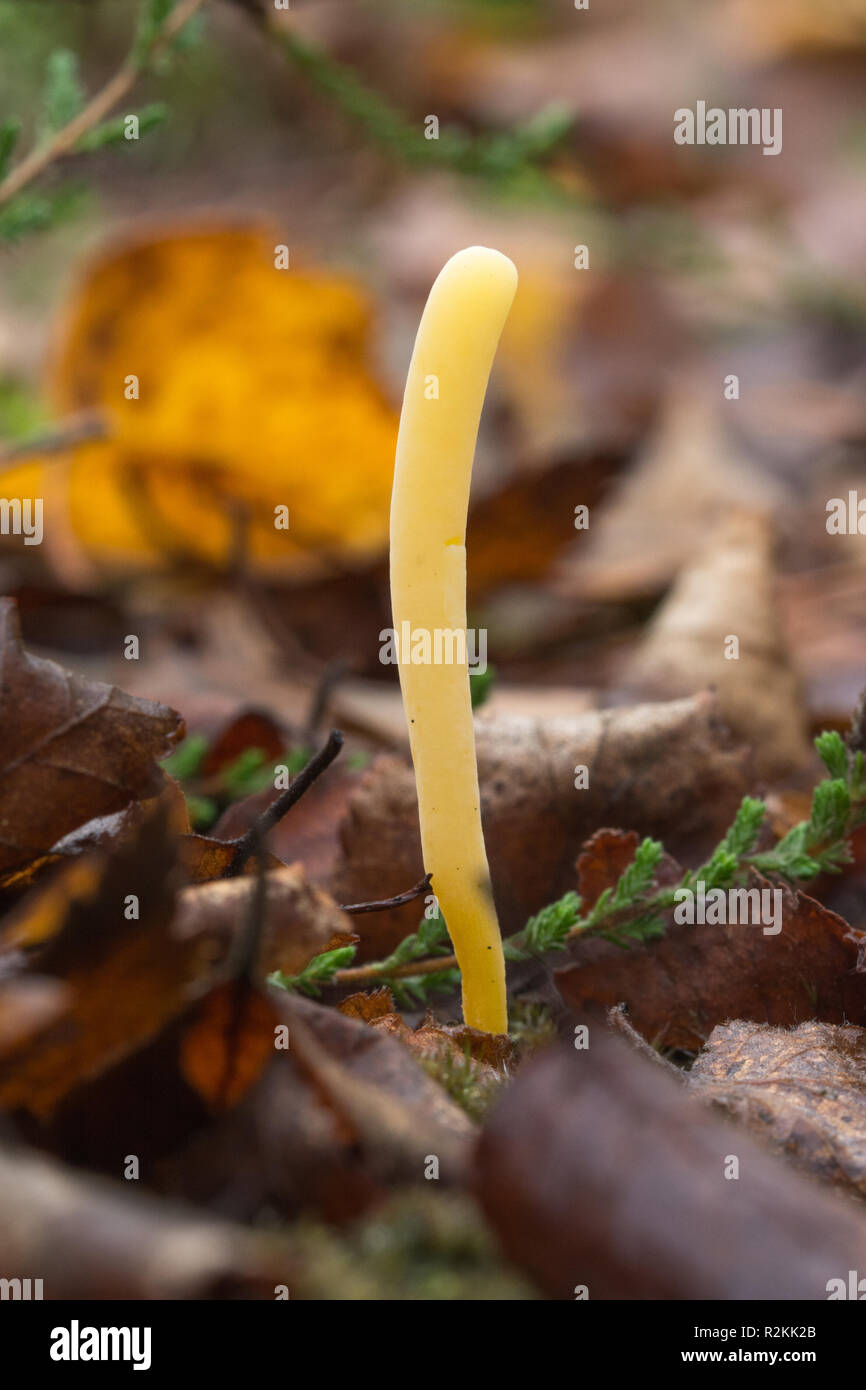



Moor Club Fungus Clavaria Argillacea Growing On Heathland In Surrey Uk Stock Photo Alamy
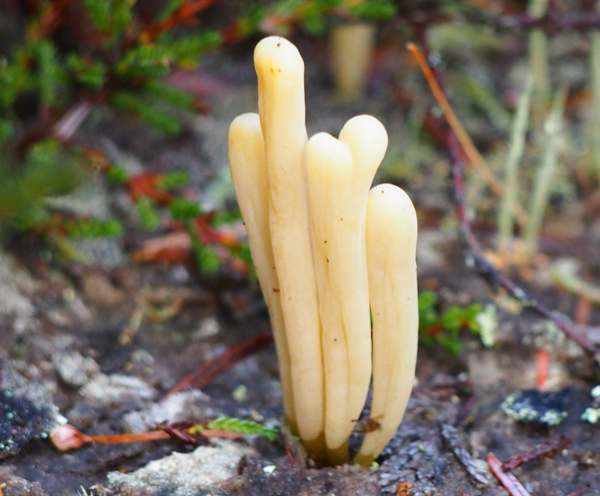



Clavaria Argillacea Moor Club Fungus



Club Fungi King Of Kingdoms




Nature Picture Library Wrinkled Club Fungus Clavulina Rugosa Great Bookham Surrey England November Linda Pitkin



Biology4kids Com Microorganisms Fungi
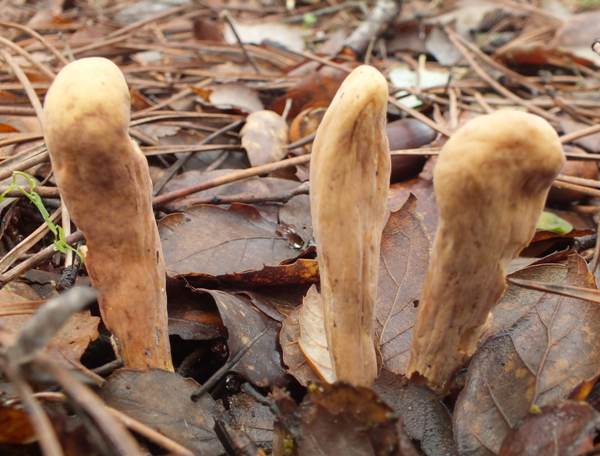



Clavariadelphus Pistillaris Giant Club Fungus Identification



Kingdom Fungi Yolo Biology Project Lego Dope
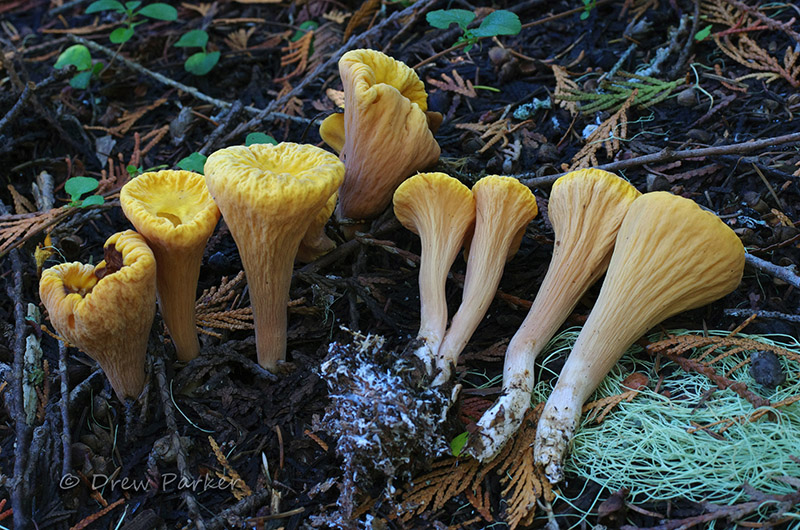



Fairy Clubs Out There Outdoors
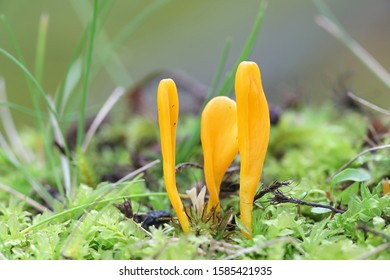



Club Fungi Images Stock Photos Vectors Shutterstock
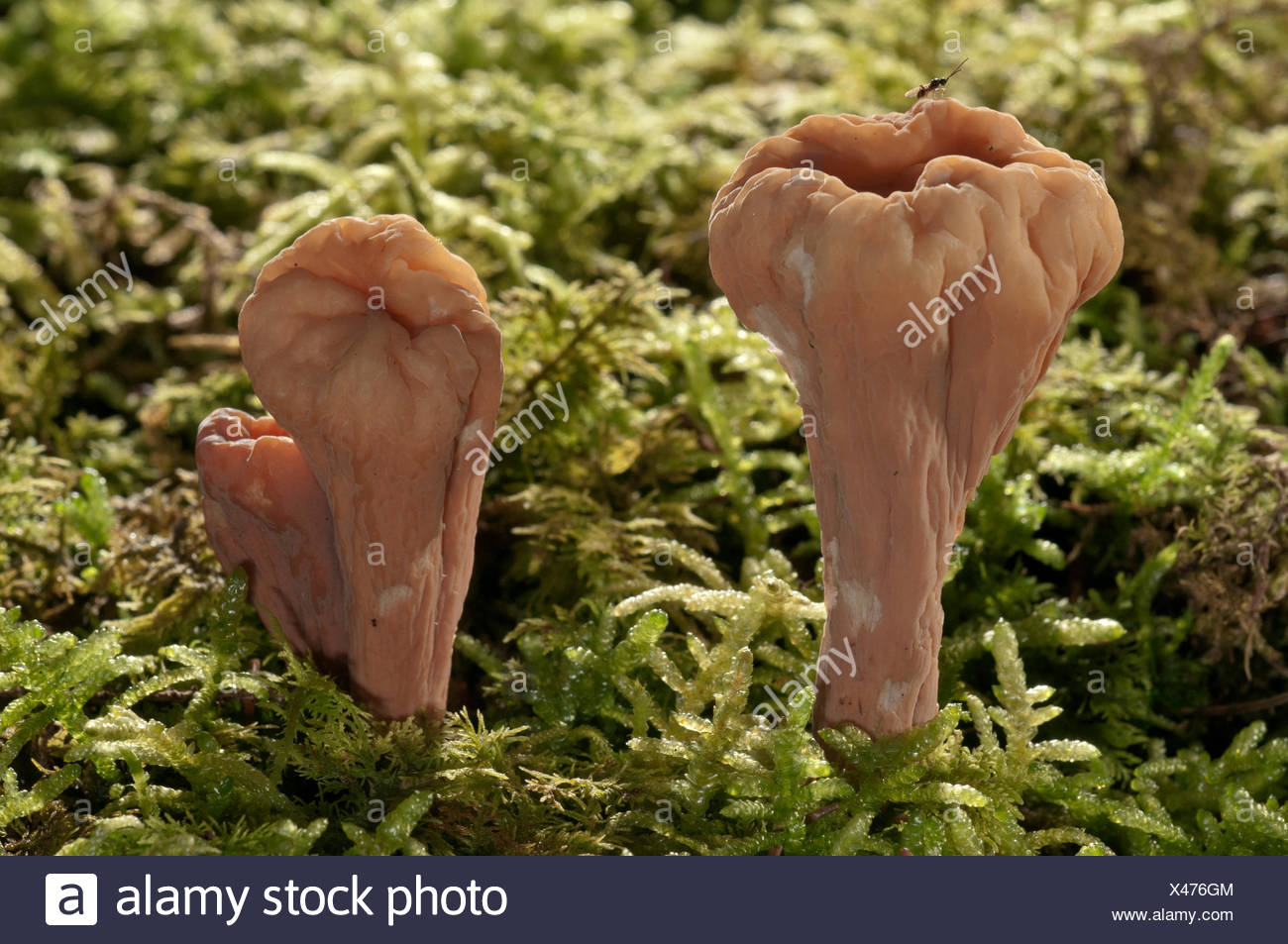



Giant Club Fungus Clavariadelphus Pistillaris Baden Wurttemberg Germany Stock Photo Alamy



Q Tbn And9gcqy5x4b3ps Iqvz0hg 6qekakqmilc6n0poms Poow Usqp Cau




Coral Or Club Fungi I Was Excited To Find This Fallen Log Flickr




Yellow Club Fungi Unusual Fungi Growing In The Damp On Ang Colin Mayes Flickr




White Club Fungi Stock Image B250 13 Science Photo Library
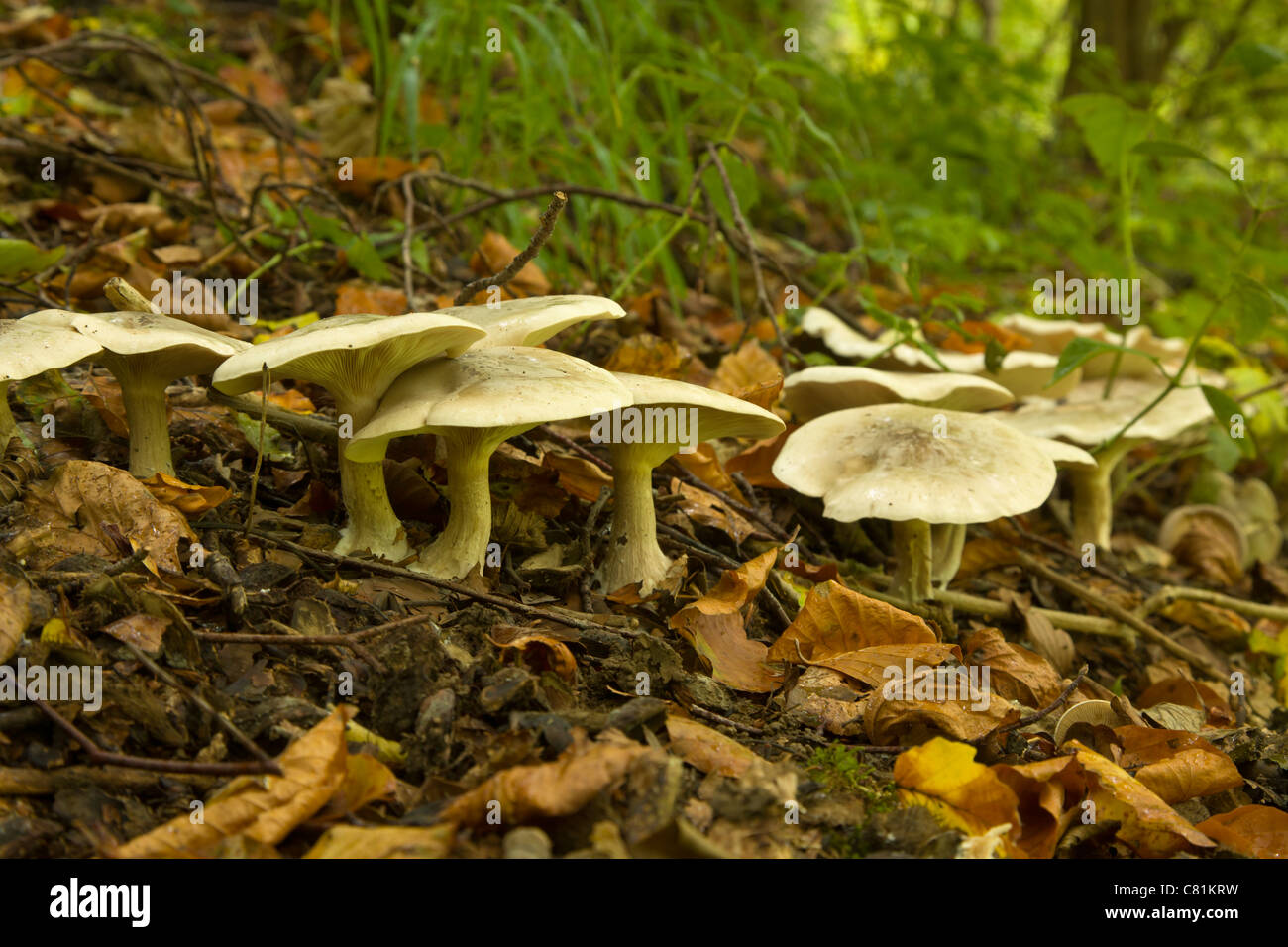



Club Fungi High Resolution Stock Photography And Images Alamy




Clavariadelphus Truncatus Wikipedia



Yellow Club Fungus Life And Opinions Life And Opinions



Club And Coral Fungi



コメント
コメントを投稿